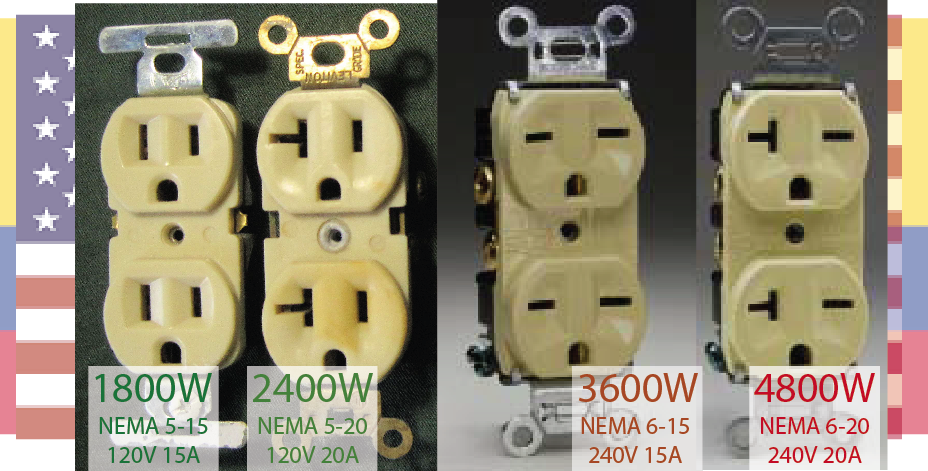I recently purchased a MBAND18BX2203, Laguna Tools 18|Bx 3HP 220V 18" Bandsaw and need to wire a 220 Volt outlet.
I think I know what I need to do, but I have one question: I was confused by the breaker since the saw was described as one phase (specifically, the spec sheet says: "3HP, 220V, 1 Ph. 12 Amp."), but the breaker I selected will connect to both leads, each at 180 degree offset in phase. I am guessing that this ensures that one of the 110/120 volt connections is active at any one time, but wouldn't this make the wiring 2-phase?
Just to verify, the rest of the setup below:
The 18BX2203 has a 3 HP 220 volt 1 phase Leeson motor. I have residential 2 phase wiring and was confused if I needed to some each 120 from the same phase or from different phases.
The manual recommended that I connect the bandsaw to a 15 amp breaker but I wanted to provide myself some additional margin for a future tool but was also aware that tools use more power on startup. I initially was going to use 12/2 wire, but I decided on schedule 40 conduit with Thermoplastic High Heat-resistant Nylon-coated THHN wire.
Another question I had was the number of wires connecting to the outlet. I initially thought I would need to have 4 wires (a 12/3 wire), both a neutral and a ground in addition to two hot wires. After thinking about it a little bit, it made sense two use three wires total, since I was setting up a dedicated circuit and the ground and the neutral would be the same wire
Receptacle
The bandsaw came pre-wired with a 220V 3-pin plug. I used this page to make sure I used the correct outlet. One of the decisions I had to make was if I wanted to use a twist lock plug, but I didn't consider the benefit worth the extra work to re-wire the saw.
I decided on 20 Amp Commercial Grade Double-Pole Single Outlet, White which has two connections for hot and one ground wire.
Breaker
I think the 20 Amp Double-Pole Type QP Circuit Breaker will work if I connect the red and black to each of the 20 amps (but does this make it 40 amps)?
Wire
In setting up a 20-amp circuit, I had to make sure this worked with my setup. Per the table in the manual, I need at least 14 guage wire, so I went with 12 guage which I needed for the 20-amp breaker anyway.




